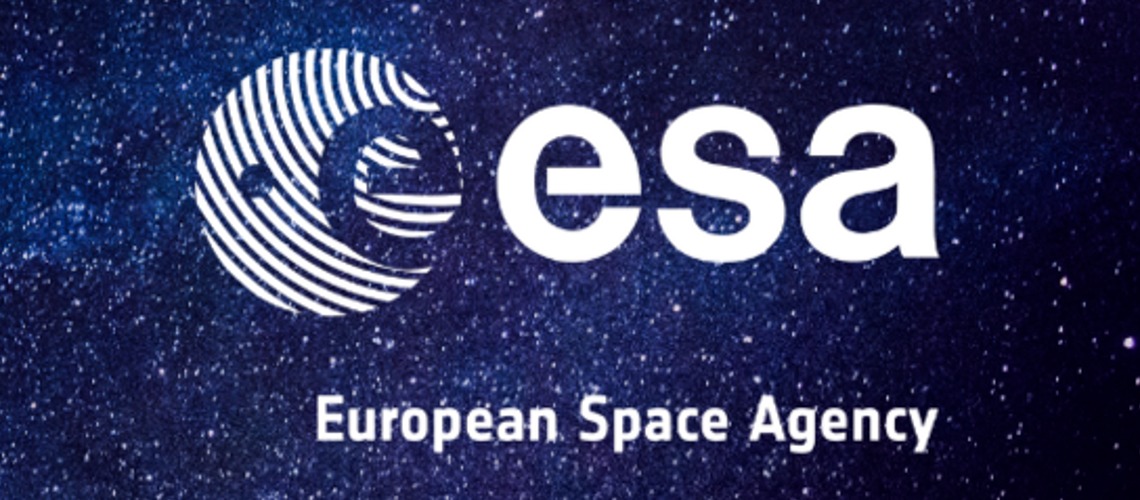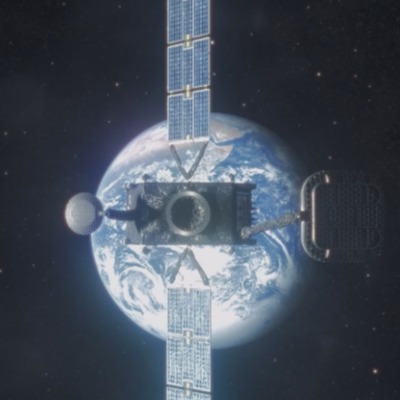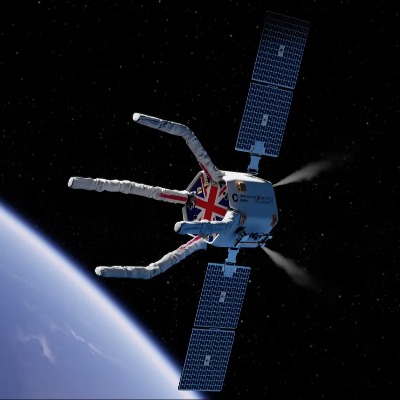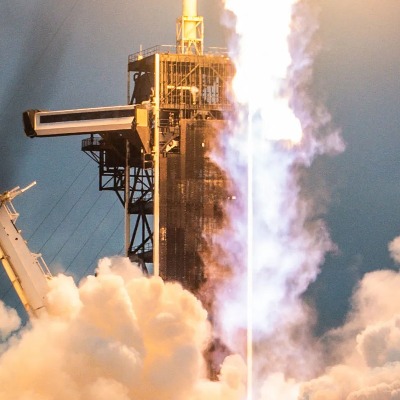Euclid Space Telescope Thawed Out: New Approach Reverses Mirror Icing Threat

The European Space Agency's (ESA) Euclid mission, designed to unlock the secrets of dark matter and dark energy, has been saved from a potential meltdown. Earlier this year, scientists discovered a growing problem - ice buildup on the telescope's delicate mirrors was hindering its ability to collect light from distant galaxies.
The culprit? Microscopic water molecules absorbed during assembly on Earth. Launched into the frigid vacuum of space, these molecules transformed into ice, coating the mirrors and blurring the telescope's vision.
"We noticed a faint dimming of the incoming light," said Mischa Schirmer, a calibration scientist for Euclid, "Stars are incredibly stable, so the dimming had to be coming from our instruments."
Thankfully, engineers had anticipated this potential issue and conducted an initial "outgassing campaign" after launch to minimize water contamination. However, some water remained trapped within the spacecraft's insulation, gradually migrating and freezing on the mirrors over time.
Facing potential mission failure, ESA researchers devised a new strategy. The details remain under wraps for now, but it appears the approach has been successful. "We're still analyzing the data," cautioned an ESA spokesperson, "but initial telemetry indicates the ice is receding."
This is a significant win for the Euclid mission. Understanding dark matter and dark energy, which are thought to comprise most of the universe's mass and energy, respectively, remains one of cosmology's biggest mysteries. Euclid's ability to map the large-scale structure of the universe is crucial to unraveling these enigmas.
The successful resolution also holds promise for future space telescopes venturing into the icy depths of space. The knowledge gained from Euclid's near-death experience will be invaluable in designing more resilient instruments for deep space exploration.




